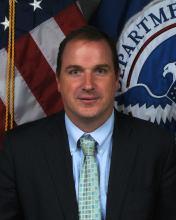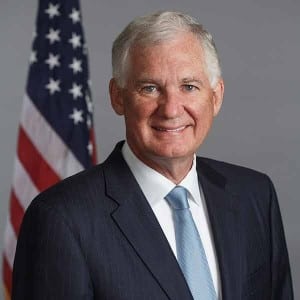
The Department of Homeland Security next week will release a set of “national critical functions” that if degraded through a cyber-attack, natural disaster or by some other means could have a debilitating effect on the nation, a department official said on Thursday. Still in draft form, the forthcoming list stems from direction contained in last summer’s National Cyber Strategy that asked for the most important functions performed by the nation’s critical infrastructure sectors to “drive our strategic focus” in protecting…

 By
By 











